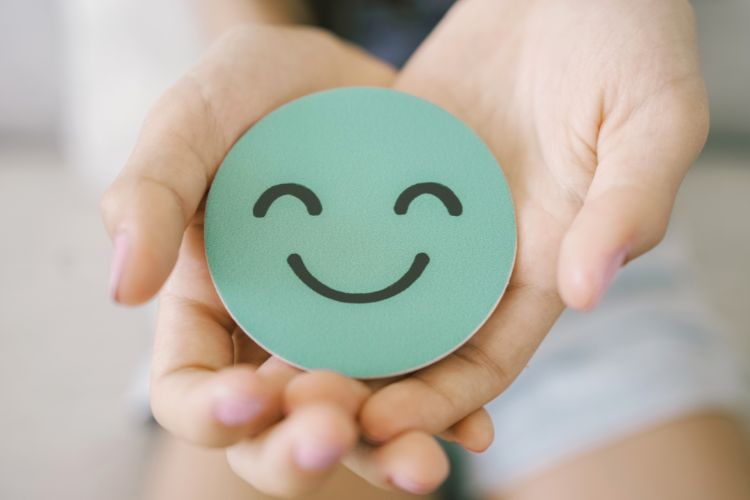Ever noticed how a splash of yellow can brighten a dull day, or how a serene blue room can ease a troubled mind? This isn’t happenstance but a blend of psychology and design. The colors we immerse ourselves in have a direct link to our emotions, a tactic designers use to create spaces that do more than captivate the eye—they shift our mental state. An earth-toned room with soft lighting can evoke a sense of tranquility, showcasing color psychology’s power to influence our feelings. It goes beyond selecting appealing shades; it’s about curating an emotional ambiance.
Choosing the right color scheme for a space involves understanding the emotional undertones of different hues. For instance, green can foster a sense of renewal and growth, making it ideal for places meant to inspire creativity and calm. On the other hand, red might stimulate energy and passion but could also elevate stress levels in a workspace. The key is balance and intention, ensuring colors align with the desired emotional outcome of a space.
The Shape of Emotions
Shapes and forms in design communicate with us on an almost primal level. Sharp, angular lines can project a sense of order and edge, yet might also seem daunting. Conversely, soft curves and flowing shapes offer comfort, echoing the organic lines found in nature. This isn’t a random selection process but a deliberate design choice, aiming to create an environment that’s not only visually pleasing but emotionally supportive.
Incorporating the right shapes into a space can make it more inviting. Rounded furniture and curved design elements can make environments feel more inclusive and safe, fostering social interaction and reducing feelings of anxiety. In contrast, strategic use of straight lines and angles can provide structure and focus, beneficial in areas designated for concentration and productivity. Designers blend these elements, mindful of their psychological impact, to craft spaces that cater to our emotional needs.
A Symphony of Light and Texture
Lighting and texture are the unsung heroes of design, shaping how we perceive and feel in a space. Natural light can transform an area, infusing it with warmth and vitality, while the choice of textures adds depth and character, engaging our sense of touch and sight. Designers use these elements to create atmospheres that can comfort or energize, utilizing the subtle interplay of shadows, light, and materials to evoke specific moods.
Consider the impact of soft, diffuse lighting in a bedroom, promoting relaxation and rest, versus the bright, focused lights in an office that enhance alertness and concentration. Similarly, the tactile experience of different materials—smooth, cold marble versus warm, textured wood—can significantly affect our emotional response to a space. These decisions about lighting and texture are made with a keen understanding of their psychological effects, aiming to make spaces not only functional but emotionally resonant.
Empowering Creativity for Wellbeing
Graphic design tools like Vista offer a glimpse into the potential of design to influence wellbeing. These platforms allow users to experiment with design elements, including color, shape, and texture, enabling the creation of visuals that can positively affect mood and mental health.
While the tool itself is a single mention, it represents the broader capacity for technology to make design more accessible, allowing individuals to leverage design principles for personal and communal wellbeing. Additionally, considering tools that integrate functionalities such as a label maker online can broaden the scope of creative projects, allowing for more specialized design tasks to be undertaken with ease.
Advice from seasoned designers emphasizes starting with a clear intention. Before diving into a design project, consider the emotional impact you wish to achieve. Use tools that offer a wide range of options and templates, allowing for experimentation with different elements to see how they affect the overall vibe of your creation.
The goal is to merge aesthetics with function, creating designs that not only look good but also foster a sense of wellbeing. Incorporating specific functionalities can further enhance the utility and applicability of your designs, making them more versatile and tailored to specific needs.
The Narrative in Details
It’s the finer details in design that narrate a deeper story, capable of transporting us or grounding us more firmly in the moment. These details—whether a strategically placed piece of art, a bold color accent, or the incorporation of natural elements—compile the broader narrative of our surroundings.
They serve as visual cues or distractions, influencing our focus, stress levels, and perception of time. Designers weave these details into the fabric of spaces with precision, choosing what to highlight and what to downplay based on the emotional path they wish to create.
Practical advice for integrating meaningful details into design includes focusing on personalization and relevance. A well-placed piece of art that resonates personally can transform a room from a generic space to a sanctuary of solace or inspiration.
Similarly, incorporating natural elements like plants or water features can significantly reduce stress and improve air quality, enhancing the overall wellbeing of occupants. These decisions about details are made with an understanding of their power to influence the atmosphere and emotional tone of a space.
Designing for the Future
The evolving conversation between design and mental health points towards a future where design is recognized not just for its aesthetic value but for its role in supporting mental wellbeing. This perspective sees our environments—whether physical, digital, or social—not as mere backdrops but as active elements in promoting health and happiness. The future of design is one where every element, from color and shape to lighting and detail, is chosen for its potential to enhance our quality of life.
As we look ahead, embracing a holistic view of design means considering how every aspect of our created environment affects us emotionally and psychologically. The advice here is to approach design with mindfulness, asking not just how something looks but how it makes us feel. Whether it’s a public space, a product, or a digital platform, the goal is to create environments that nurture rather than negate, contributing positively to our collective wellbeing.
Harmonizing Space with Mind
Understanding the psychological impact of our surroundings leads to more than just aesthetically pleasing designs; it paves the way for spaces that harmonize with our mental states. Creating such environments requires a deep dive into the nuances of sensory experiences—how we interact with the space around us on a visual, tactile, and emotional level. This endeavor goes beyond traditional design; it’s about crafting environments that speak to our innate needs for comfort, stimulation, and inspiration.
To achieve this harmony, it’s essential to consider the user’s journey through a space, anticipating their needs and reactions. For instance, transitioning from high-energy areas painted in vibrant colors to more subdued spaces can help manage stress levels throughout the day.
Similarly, incorporating elements of nature, whether through biophilic design or simply choosing natural materials, can significantly enhance mental wellbeing. The ultimate goal is to design spaces that not only meet our physical needs but also support and uplift our mental and emotional states.














